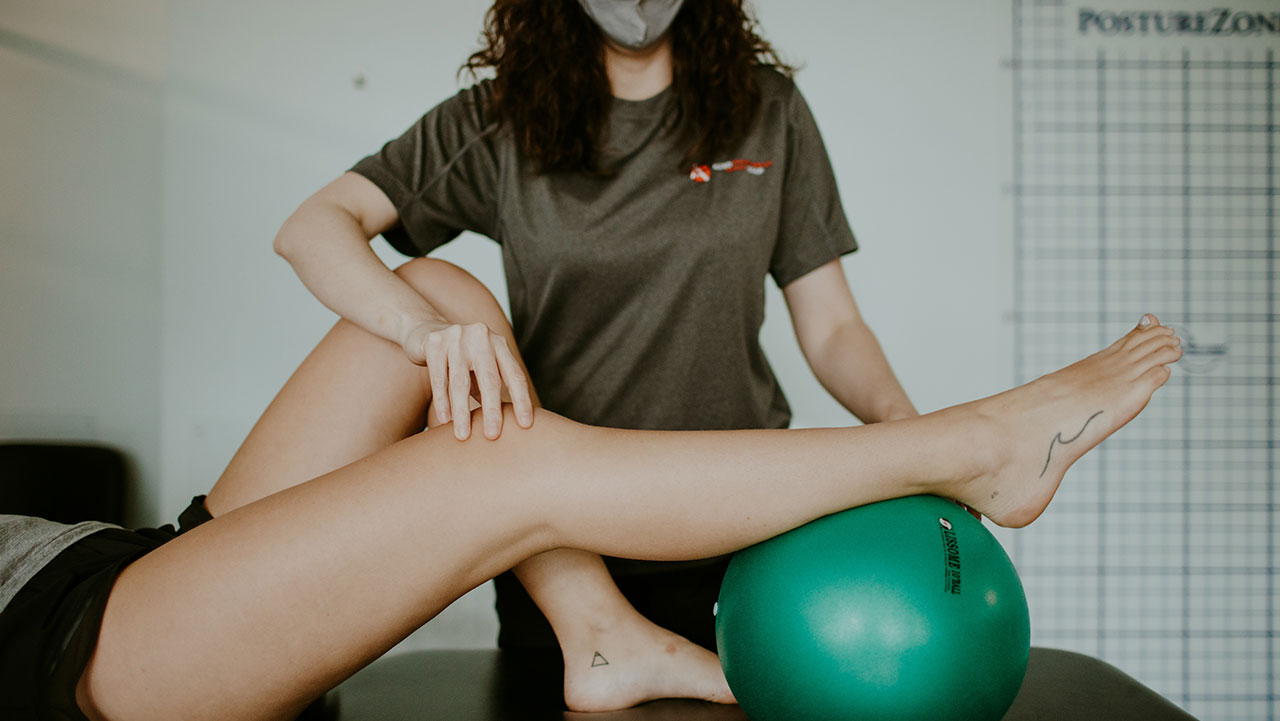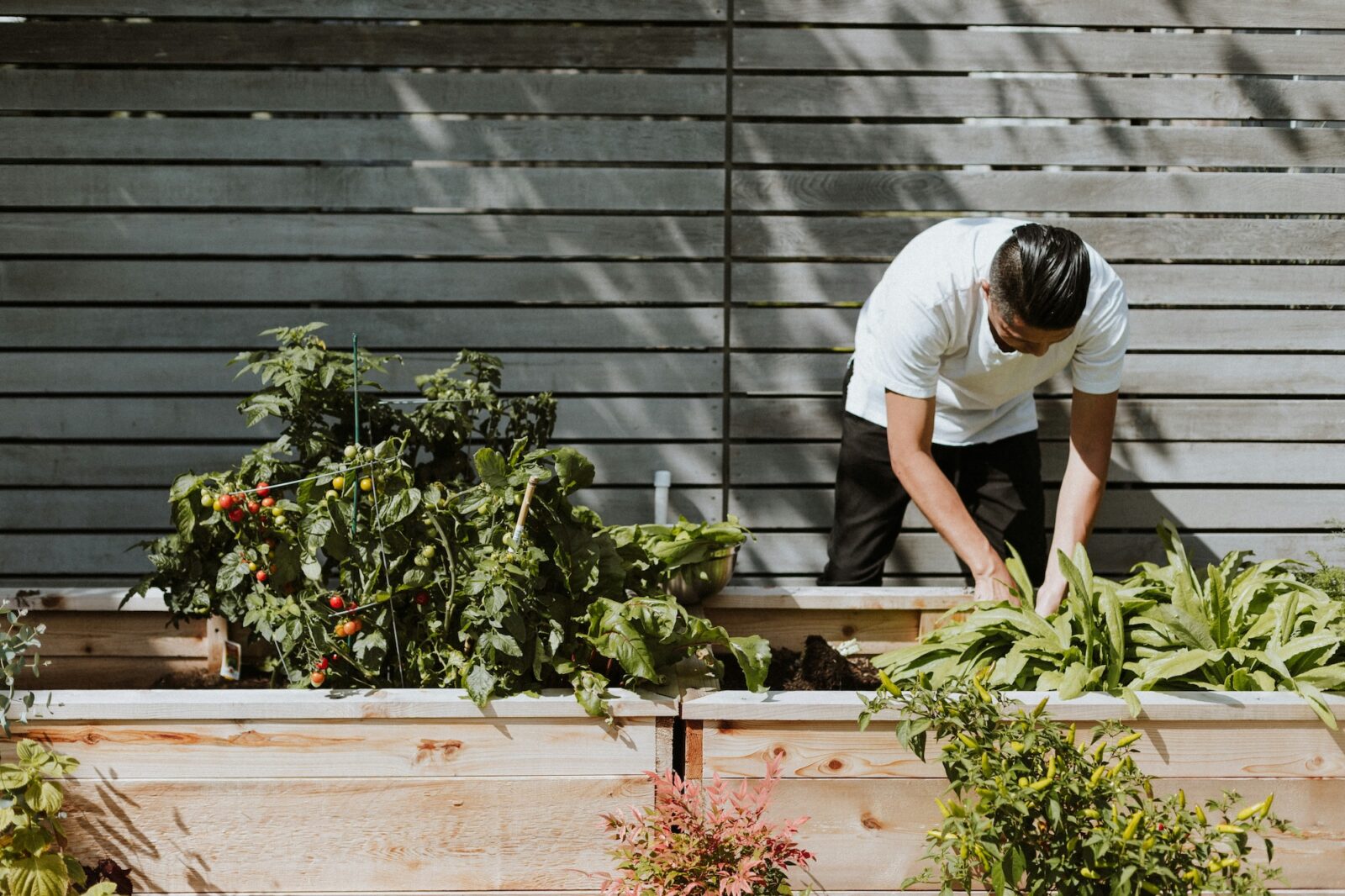After an afternoon of planting, digging, and pulling weeds, your muscles can feel like you’ve run a marathon—especially your back and shoulders. It’s common for people who spend hours in their gardens to notice aches and pains the next day. Massage therapy can help ease sore muscles, relieve back pain, and support your overall wellness after time spent gardening.
You don’t need to put up with that lingering muscle soreness that sometimes follows a productive day outdoors. A good massage targets tight spots, helps relax overworked muscles, and can help you recover quicker, so you feel ready to get back to doing what you love. Taking care of your body after gardening helps you enjoy your hobby for years to come.


Ready to keep gardening pain-free?
Ready to keep gardening pain-free? Visit the team at Clayton Heights 188 St Physiotherapy and Sports Injury Clinic to see how massage therapy can fit into your routine. Your body will thank you!
How Gardening Causes Pain
Nearly 60% of gardeners say they’ve finished a day in the yard with new aches and pains. So, what’s giving your muscles and joints such a hard time out there? Whether you’re pulling weeds or digging holes, your body gets a real workout—often in ways you don’t expect. Hidden strains, repetitive motions, and slouched postures are huge culprits that trigger pain in places you might not even notice until later.
Common Physical Strains in the Garden
When you garden, your muscle groups—like your lower back, shoulders, arms, and legs—are all working overtime. You might spend a while crouching, squatting, or leaning over. Actions like digging or pulling weeds can overload certain muscles, especially if you’re not using your whole body evenly.
You put extra pressure on joints like your knees and wrists without even noticing. Heavy lifting or carrying pots can lead to joint pain or strain the tiny tendons in your hands. Even basic movements, repeated again and again, can leave your fascia (the connective tissue around muscles) sore and tight.
Those little aches can add up. Overuse may set the stage for bigger issues, like bursitis or even ongoing back pain if you’re not careful. Keeping your muscles flexible and using proper technique makes a huge difference.
How Muscles and Joints Respond to Physical Activity
Every time you kneel, carry, or twist in the yard, your muscle tissue gets activated. Let’s say you’re shoveling; your arms, shoulders, and especially your lower back all take the strain. Muscles can cramp up or spasm if they get tired or overworked.
Joints also face repetitive stress when you’re gardening. Twisting your wrist while turning soil, or kneeling for long stretches, puts extra load on those sensitive areas. For some, overdoing it leads to swelling or flare-ups in conditions like arthritis.
When you use the same movement patterns over and over, like raking or trimming, it’s easy for muscle imbalances to develop. Small stabilizing muscles get overlooked, while bigger ones try to do all the work. That’s a recipe for discomfort—even chronic pain—unless you mix up your tasks and remember to pace yourself.
RELATED READING: Is Massage Therapy Right For Me?
Impacts of Poor Posture and Repetitive Motions
Gardening often puts you in awkward positions without much support. Hunched shoulders or rounded backs can strain your spine, leading to neck pain or a stiff back that lingers for days. Slouching or twisting for too long can throw off your body’s natural alignment.
Repetitive motions are a hidden hazard in the garden. Digging with the same arm, reaching in the same way, or even gripping tools too tightly can lead to wear and tear. Over time, this can cause muscle imbalances—where one side of your body works harder than the other.
Poor posture and endless repetition don’t just cause short-term soreness. They up your risk for long-term issues, including ongoing joint pain or inflammation in the tendons. If you want to avoid these traps, check your posture often, alternate hands when using tools, and take frequent breaks to reset your body. Your muscles and joints will thank you!
Benefits of Therapeutic Massage for Gardeners
Therapeutic massage goes beyond simple relaxation. Regular massage supports your body in recovering from the unique strains gardening creates. You’ll notice less morning stiffness and reduced soreness after tackling your flowerbeds.
A trained massage therapist can target sore areas and break up adhesions—those sticky bands in your muscles that cause tightness and pain. Techniques like deep tissue massage release chronic muscle tension, while myofascial release helps loosen up the connective tissue.
Massage also improves lymphatic drainage, which helps your body clear waste and reduces inflammation. You recover faster and get back to what you love—gardening—without that painful lag.
Techniques for Relieving Muscle Tension
You don’t have to be a massage expert to benefit from simple techniques right at home. Focus extra time on the hands, wrists, lower back, and knees—these areas work hardest in the garden.
- Deep tissue massage: Use slow, firm strokes with your thumbs or a massage tool to work into deeper layers of muscle.
- Trigger point therapy: Press and hold on tight spots for 30-60 seconds to release stubborn knots.
- Muscle stripping: Gently run your fingers along the length of tight muscles to boost blood flow and ease stiffness.
Spend a few minutes on each muscle group after gardening. You’ll feel the change—tension melts and movement gets easier.
Reducing Inflammation and Promoting Healing
Inflammation is your body’s way of dealing with micro-injuries from repetitive gardening movements. But too much can lead to ongoing pain and slower healing. Massage therapy reduces swelling by encouraging blood and lymph to move through sore or inflamed tissue.
A therapist may use static pressure or gentle strokes to draw swelling away from the area. They can work around tender spots without pushing too hard, protecting you from further irritation.
Certain techniques, like manual lymphatic drainage, also help remove waste products that build up as muscles heal. This means less soreness and quicker recovery, so you can get your hands back in the dirt faster.
Improving Flexibility and Range of Motion
Tight, achy muscles limit how far you can reach, squat, or pull when gardening. Regular massage sessions help stretch out soft tissue and boost flexibility. When your muscles are more relaxed, your joints can move through a greater range of motion with less effort.
Massage breaks down adhesions that make muscles feel stiff. With less restriction, you’ll find it easier to kneel, lift bags of soil, or twist for pruning.
Simple stretches paired with massage keep your body loose and limber. You’ll notice you can garden longer before feeling sore or tired, and those uncomfortable twinges become less frequent.
Frequently Asked Questions
Gardening can be surprisingly tough on your body. Studies reveal that nearly 60% of gardeners report some form of muscle pain after a day in the yard. Tackling that soreness isn’t just about taking a break; it’s also about knowing exactly what kind of massage and self-care your hard-working muscles need.
Sore after a day of battling weeds and planting bulbs? Which massage techniques can ease garden-induced muscle tension?
When your muscles tighten after weeding or digging, gentle Swedish massage works wonders. Effleurage, or long smooth strokes, helps boost blood flow and eases soreness. For smaller knots, try circular motions with your fingertips on problem spots.
You don’t need fancy tools. Sometimes, even self-massage using a tennis ball works well for your lower back or shoulder blades.
What’s the secret to avoiding stiff shoulders when you’ve been pruning roses all weekend?
Shoulder stiffness often comes from hunching over. Before and after gardening, try slow shoulder rolls to release tight muscles. A licensed massage therapist can also gently work on your upper back and neck with techniques like kneading and light compression.
Take breaks and stretch your arms overhead every 20 minutes to keep the tension away.
Ever wonder how a deep tissue massage can count as post-gardening self-care?
Deep tissue massage goes beyond surface soreness. It uses firm pressure to reach deep layers of muscle and fascia. If your legs or back feel tight for days, a deep tissue session can help break up scar tissue and improve movement.
It can be intense, but you’ll usually feel looser and more flexible the next day.
Can’t seem to shake off that lower back pain from tilling soil? What are the best massage therapies for that stubborn ache?
Lower back pain is one of the most common gardening complaints. Targeted massage focuses on the lumbar muscles, glutes, and even thighs, since everything is connected. Myofascial release and trigger point therapy both help ease stubborn knots.
Some people also find that alternating massage with light stretches keeps pain from returning.
How often should you get a therapeutic massage if you’re a gardening enthusiast with chronic aches and pains?
If you garden regularly and always feel achy, a massage every two to four weeks is a solid plan. You may want to start with weekly sessions if pain is bad, then switch to less frequent maintenance. Everybody’s needs differ, so adjust based on how you feel.
Talk with your massage therapist about your gardening habits to find the best routine for you.
Looking for a natural remedy to those pesky hand and wrist pains from endless digging and raking? What massages work best?
Hands take a beating in the garden. Self-massage using gentle thumb circles across your palms and wrists can cut down on tension. Finger stretches and squeezing a stress ball also help restore flexibility.

